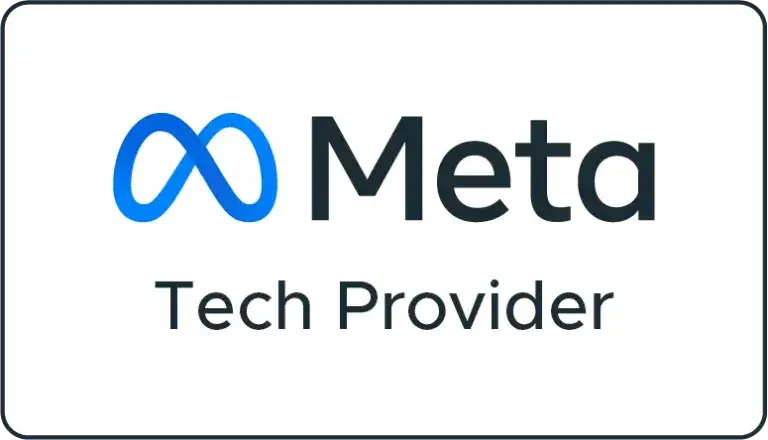Data for customer Insights and its Importance
Definition and Scope
Data-driven marketing implies using data analytics, machine learning, and predictive modeling for marketing decision-making using the power of data for customer insights. Essentially, analyzing patterns of user behavior, preferences, and interactivity allows you to adjust your marketing initiatives.
Power of Big Data
Definition
Big data encompasses the vast scope of information from various sources, including company websites, social media platforms, customer interactions, etc. Big data is divided into structured, including databases, and unstructured, such as text, images, and videos.
Usage in Customer Understanding
Granular Understanding
Understanding your customers on a truly granular level includes knowing their behavior, preferences, and purchasing habits.
Personalization
Modern customers expect personalization. Data science allows personalized marketing, including personalized suggestions, emails, and targeted ads.
Segmentation
Effective marketing involves segmentation to know and consider the differences between diverse demographics, attitudes, or purchasing histories.
Usage for Business Development
Better Decisions
Data-driven decisions are always better, whether optimizing marketing budgets, launching new products, or understanding audience preferences.
Competitive Edge
Those who use big data receive a competitive edge by staying informed about trends, competitors’ results, and audience needs.
Better Experience
Big data allows creation of an optimal experience for customers through personalized offers, timely responses, and tailored content.
Real-Life Examples
- Amazon: Recommends goods, optimizes supply chains, and shortens delivery times.
- Netflix: Personalizes the experience and suggests content based on user preferences.
- Starbucks: Creates tailored promotions and advertisements based on individual customer preferences.
Collecting Relevant Data
Understanding Your Data Sources
Website Analytics
- Google Analytics: Provides information on user behavior, traffic sources, bounce rates, etc.
- Heatmaps: Show where users click the most and spend time on the website.
- Conversion Tracking: Monitor engagement with specific actions like signups or purchases.
Social Media
- Social Platforms: Collect statistics from platforms like Facebook, Twitter, LinkedIn, Instagram, etc.
- Engagement Metrics: Measure likes, shares, comments, and follower growth.

Customer Surveys
- Feedback Forms: Directly ask website visitors for feedback.
- E-mail Surveys: Collect feedback via email.
- Net Promoter Score (NPS): Measure customer loyalty and satisfaction.
Use CRM Systems
- Segmentation: Group customers based on their activity, preferences, and interactions.
- Purchase History: Analyze the history of active customers and their purchases.
Tips for Effective Data Collection
- Quality Over Quantity: Focus on relevant data points.
- Consistency: Update and maintain data sources.
- Privacy Compliance: Ensure compliance with privacy regulations like GDPR.
- Data Validation: Check sources for accuracy and completeness.
Analyzing Customer Behavior
Segmentation: Understanding Your Audience
Segmentation is the foundation of good marketing; it requires dividing your audience into smaller groups and adapting your strategy to meet their specific needs.
Demographic Segmentation
- Analyze age, gender, location, and income data.
- Determine which demographics show the most potential for your marketing efforts.
Behavioral Segmentation
- Analyze patterns in customer behavior.
- Identify frequent buyers, cart abandoners, occasional buyers, etc.
Psychographic Segmentation
- Understand customers’ interests, values, and lifestyles.
- Develop messaging tailored to different psychographic profiles.
Predictive Analytics
Behavioral Triggers
- Abandoned Cart Emails
- Retargeting Ads
- Personalized Offers
Targeting Strategies
- Segment-Based Targeting
- Contextual Targeting
- Lookalike Audiences
Real-World Success Stories
- Spotify: Discover Weekly playlists keep users engaged.
- Airbnb: Dynamic pricing based on demand and seasonality.
- Nike: Customizable shoe designs online.
Applications in Marketing
- Lead Scoring
- Churn Prediction
- Product Recommendation
Machine Learning Models
- Regression Model: Predict numerical outcomes.
- Classification Model: Categorize data.
- Time Series Analysis: Forecast trends over time.
Real-World Examples
- Amazon’s “Customers Who Bought This Also Bought”
- Weather-Based Marketing
Decision-Making with Confidence
- Inventory Management
- Content Strategy
- Pricing Strategies
Ethical Considerations
Transparency
- Let users know what data you’re collecting and how you’re using it.
- Obtain consent for cookies.
Bias Mitigation
- Ensure algorithms are fair and unbiased.
- Regularly audit algorithms for fairness.
Customer Trust
- Build trust through honesty and transparency.
- Respect user privacy and preferences.
Challenges and Ethical Considerations
Handling Big Data Challenges

Privacy and Security
- Ensure data privacy and implement security measures.
- Comply with regulations like GDPR.
Data Quality
- Ensure data accuracy and completeness.
- Remove duplicate records and unnecessary data.
Resource Constraints
- Manage infrastructure costs and skill requirements.
Ethical Considerations
Transparency
- Be transparent about data collection and usage.
- Obtain consent for cookies and data usage.
Bias Mitigation
- Ensure algorithms are fair and unbiased.
- Regularly audit algorithms for fairness.
Customer Trust
- Build trust through honesty and transparency.
- Respect user privacy and preferences.
Conclusion
In data-driven marketing, you’ll have seen the power of big data, segmentation, personalization, and predictive analytics. However, as you continue your marketing journey, always remember that data isn’t just a tool. It’s also the compass that guides you down the right path. In this era of digital marketing, make your journey authoritative and path-breaking.













